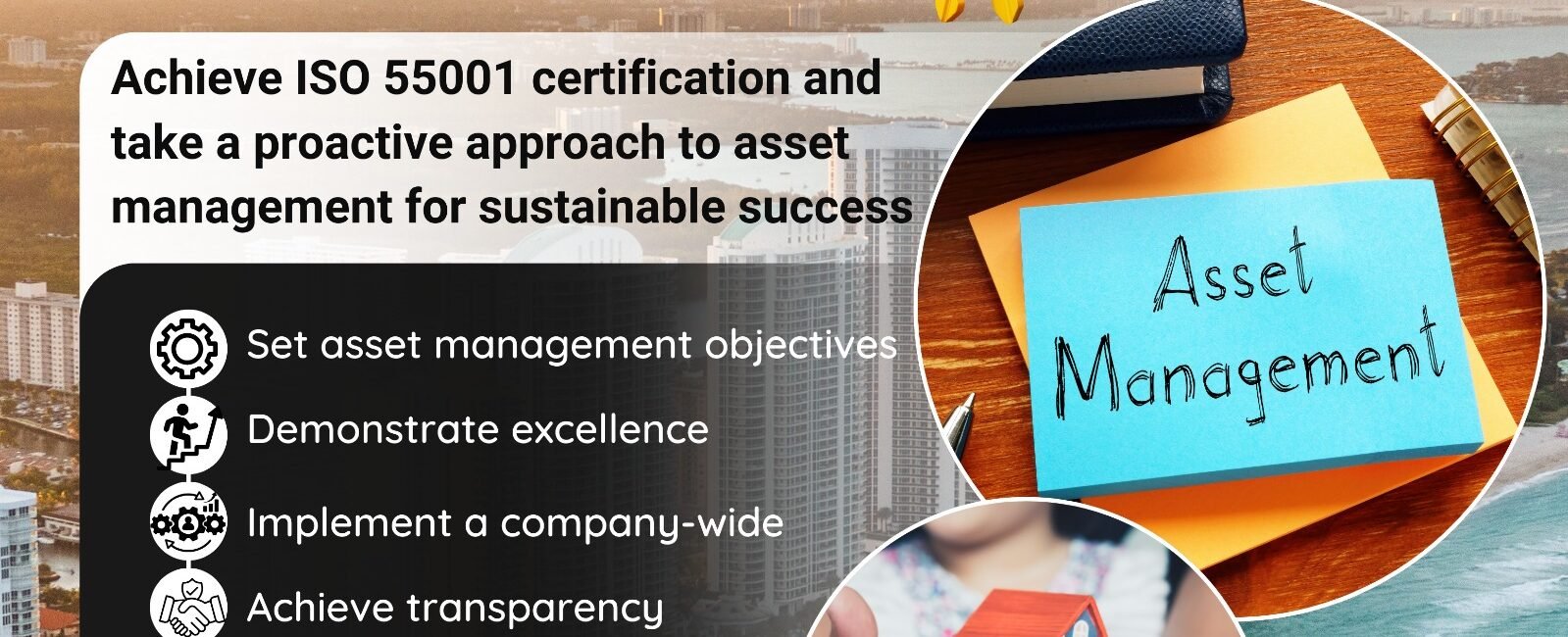
Organizations across industries depend on assets to generate value, whether it is equipment, infrastructure, or technology. Managing these assets effectively ensures long-term sustainability, minimized risks, and improved financial performance. This is where ISO 55001 Certification plays a vital role. ISO 55001 is an internationally recognized standard for asset management systems (AMS), providing a structured framework to optimize asset performance and ensure compliance with regulatory and business requirements.
One of the critical aspects of maintaining ISO 55001 compliance is conducting internal audits. These audits serve as checkpoints to verify whether an organization’s Asset Management System is functioning effectively and in line with the requirements of the standard. For businesses pursuing ISO 55001 Certification in Dubai, understanding internal audit processes is essential to achieving and sustaining certification.
Purpose of Internal Audits in ISO 55001 Compliance
Internal audits are not just a formality; they are a proactive approach to ensuring that the asset management system is both efficient and effective. Their main objectives include:
-
Ensuring Compliance: Confirming that the organization meets the requirements of ISO 55001.
-
Performance Evaluation: Assessing whether the AMS delivers the intended value to stakeholders.
-
Identifying Gaps: Highlighting risks, inefficiencies, or nonconformities that could hinder asset performance.
-
Continuous Improvement: Offering insights to refine processes and support better decision-making.
When guided by experienced ISO 55001 Consultants in Dubai, organizations can streamline audit practices and ensure that they lead to actionable improvements.
Key Internal Audit Processes for ISO 55001
The internal audit processes for ISO 55001 compliance typically follow a systematic approach aligned with ISO 19011 (guidelines for auditing management systems). Below are the main processes involved:
1. Audit Planning and Preparation
Before the audit begins, organizations must develop an internal audit program that outlines:
-
Audit scope (which areas, processes, or departments will be reviewed).
-
Audit objectives (ensuring compliance, reviewing risks, etc.).
-
Frequency of audits (annual, semi-annual, or based on asset criticality).
-
Selection of auditors (ensuring independence and competence).
Well-structured planning ensures that the audit covers all critical aspects of asset management, such as asset lifecycle, risk management, and alignment with organizational objectives.
2. Document Review
The auditors first examine documented evidence of the Asset Management System, such as:
-
Asset management policy.
-
Strategic asset management plan (SAMP).
-
Risk assessment records.
-
Performance measurement reports.
-
Records of previous audits and corrective actions.
This stage ensures that the system’s documentation aligns with ISO 55001 requirements and supports operational practices.
3. On-site Audit and Evidence Collection
Auditors interact with employees, managers, and stakeholders to gather evidence about the AMS in practice. They may:
-
Conduct interviews with asset managers and staff.
-
Observe asset maintenance and operational practices.
-
Inspect asset lifecycle processes (procurement, usage, disposal).
-
Verify data integrity in asset performance reports.
The purpose is to ensure that what is documented is actually being followed in day-to-day operations.
4. Evaluating Compliance with ISO 55001 Clauses
Internal auditors assess compliance against key requirements of ISO 55001, including:
-
Context of the organization and stakeholder needs.
-
Asset management objectives and policies.
-
Leadership commitment and roles.
-
Risk-based decision-making.
-
Performance evaluation and continual improvement.
This structured evaluation guarantees that every requirement is addressed and integrated into organizational practices.
5. Identifying Nonconformities and Risks
If gaps or deviations are identified, auditors document them as nonconformities. For example:
-
Failure to update asset risk assessments.
-
Inadequate maintenance planning.
-
Lack of performance measurement indicators.
-
Poor stakeholder communication.
By identifying such issues early, organizations can take corrective measures to prevent costly disruptions.
6. Reporting Findings
At the end of the audit, a detailed report is prepared that includes:
-
Areas of compliance.
-
Nonconformities or weaknesses.
-
Opportunities for improvement.
-
Recommendations for corrective actions.
This transparent reporting enables management to prioritize improvements and align asset management with business strategy.
7. Corrective and Preventive Actions
Organizations must act on audit findings by:
-
Implementing corrective actions to resolve nonconformities.
-
Identifying preventive actions to reduce risks.
-
Assigning responsibilities and deadlines for improvements.
-
Monitoring progress to ensure issues are addressed effectively.
Corrective and preventive actions are critical to sustaining compliance and driving continual improvement.
8. Follow-Up and Continual Improvement
A follow-up process ensures that corrective actions have been completed and are effective. Internal audits are not a one-time activity but an ongoing process. This continuous cycle strengthens the AMS and enhances the value generated from assets over time.
Role of Professional Support in Internal Audits
For businesses in the UAE, partnering with experienced ISO 55001 Consultants in Dubai can simplify internal audit processes. Consultants provide expertise in:
-
Designing audit programs tailored to organizational needs.
-
Training internal auditors to conduct effective audits.
-
Guiding corrective action plans.
-
Offering ISO 55001 Services in Dubai such as gap analysis, documentation support, and compliance monitoring.
Such professional support ensures that organizations not only achieve certification but also gain long-term benefits from a well-functioning asset management system.
Conclusion
Internal audits are an integral part of verifying ISO 55001 compliance. They provide assurance that the asset management system is effective, risks are managed, and organizational objectives are achieved. By following a structured process—planning, document review, on-site audits, compliance evaluation, and corrective actions—businesses can maintain alignment with ISO 55001 requirements.
For companies pursuing ISO 55001 Certification in Dubai, engaging with reliable ISO 55001 Consultants in Dubai and leveraging specialized ISO 55001 Services in Dubai can significantly enhance audit outcomes. Ultimately, internal audits not only safeguard compliance but also help organizations maximize the value derived from their assets while fostering continual improvement.

